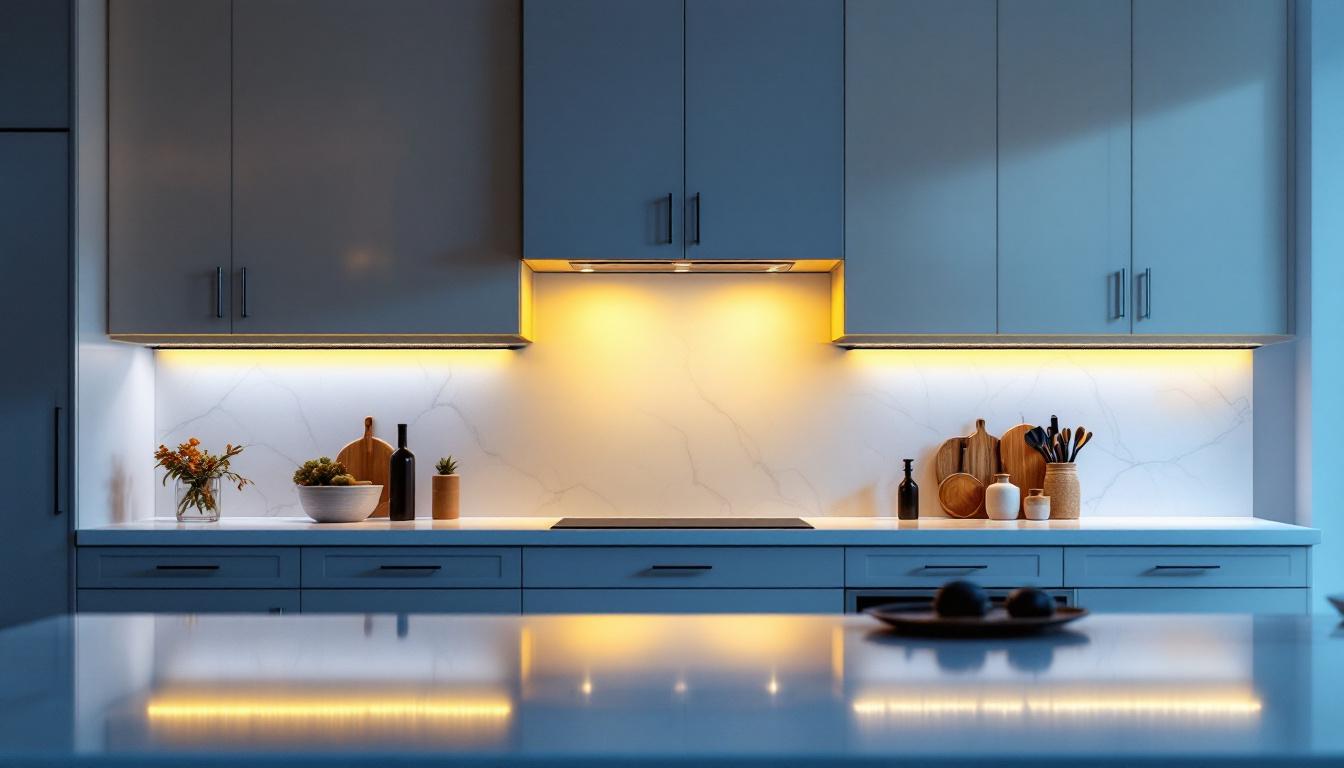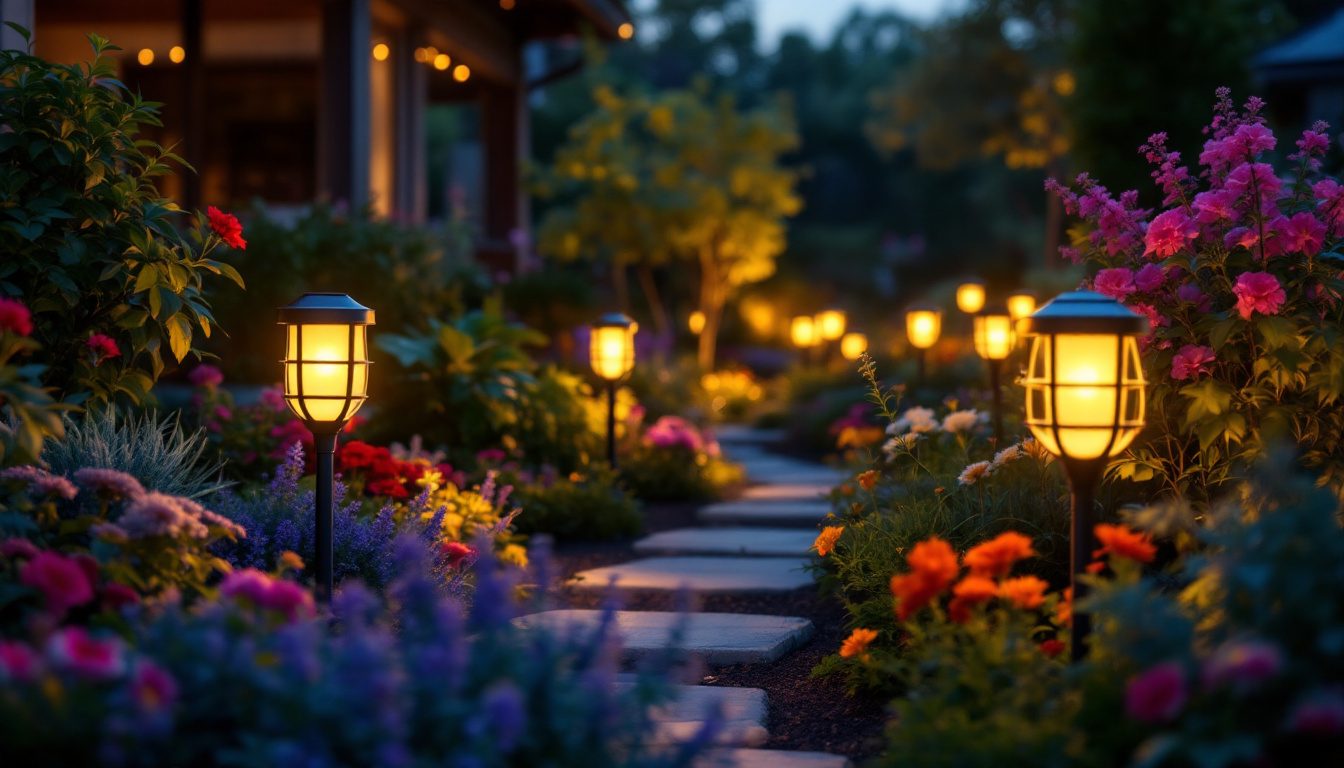
In the ever-evolving world of horticultural lighting, LED grow lamps have emerged as a cost-effective and efficient solution for both commercial and residential growers. For lighting contractors, understanding the nuances of these lamps can lead to better project outcomes, satisfied clients, and ultimately, a more successful business. This guide aims to provide valuable insights into cheap LED grow lamps, helping contractors make informed decisions when recommending or installing these lighting solutions.
LED (Light Emitting Diode) technology has revolutionized the way plants are illuminated. Unlike traditional lighting solutions such as incandescent or fluorescent bulbs, LEDs offer a multitude of advantages that make them particularly appealing for horticultural applications.
One of the most significant benefits of LED grow lamps is their energy efficiency. These lamps consume considerably less power than their traditional counterparts, which translates to lower electricity bills for clients. This efficiency not only benefits the grower’s bottom line but also contributes to a more sustainable approach to agriculture.
For lighting contractors, promoting energy-efficient solutions can be a strong selling point. Clients are increasingly looking for ways to reduce operational costs, and highlighting the energy savings associated with LED grow lamps can make a compelling case for their adoption. Furthermore, as energy prices continue to rise, the long-term savings from using LEDs become even more pronounced, making them an attractive investment for both small-scale hobbyists and large commercial operations alike.
LED grow lamps have a much longer lifespan compared to traditional lighting options. While incandescent bulbs may last for around 1,000 hours, high-quality LED lamps can last upwards of 50,000 hours. This longevity means less frequent replacements, which not only saves money but also reduces waste, aligning with eco-friendly practices.
Contractors should emphasize this durability when discussing options with clients. A longer-lasting product means less downtime and fewer maintenance issues, which are crucial factors for commercial growers who rely on consistent lighting for optimal plant growth. Additionally, many LED grow lights are built with robust materials that can withstand the rigors of a greenhouse environment, including humidity and temperature fluctuations, further enhancing their reliability and performance over time.
Another advantage of LED grow lamps is the ability to customize the light spectrum. Different plants have varying light requirements, and LEDs can be designed to emit specific wavelengths that promote photosynthesis and growth. This customization allows for more targeted lighting strategies, which can lead to improved crop yields and healthier plants.
For contractors, understanding the specific needs of different plant species can help in recommending the right LED grow lamps. This knowledge not only enhances the contractor’s credibility but also ensures that clients receive the best possible lighting solutions for their unique situations. Moreover, advancements in technology have led to the development of full-spectrum LEDs that mimic natural sunlight, providing a balanced light environment that can support a wider variety of plants, from leafy greens to flowering species. This versatility makes LEDs an ideal choice for diverse agricultural setups, whether they are indoor gardens, greenhouses, or vertical farms.
When it comes to selecting cheap LED grow lamps, lighting contractors must consider several factors to ensure they are providing the best options for their clients. While cost is a significant consideration, it should not be the only one.
While it may be tempting to choose the cheapest available options, quality should never be compromised. Low-quality LED grow lamps may save money upfront but can lead to higher costs in the long run due to inefficiency, shorter lifespans, and poor performance. It’s essential to strike a balance between affordability and quality.
Contractors should conduct thorough research on different brands and models, looking for reputable manufacturers that offer warranties and customer support. Reviews and testimonials can also provide insight into the reliability and performance of specific products.
Another critical factor to consider is the light output and coverage area of the LED grow lamps. Different plants have varying light intensity requirements, and it’s essential to choose lamps that can adequately cover the growing area. The measured output, typically expressed in lumens or PAR (Photosynthetically Active Radiation), should align with the specific needs of the plants being cultivated.
Contractors should also take into account the layout of the growing space. For example, vertical farms may require different lighting solutions compared to traditional horizontal setups. Understanding the spatial dynamics of the grow area can help in recommending the right number and placement of LED lamps.
LED grow lamps are known for their low heat emission compared to traditional lighting options. This characteristic can be particularly advantageous in controlled environment agriculture, where temperature management is crucial. Excessive heat can stress plants and lead to reduced growth rates or even crop failure.
Contractors should consider the heat output of the LED grow lamps being recommended. Ensuring that the chosen lamps maintain an optimal temperature can enhance plant health and improve overall yields, making it a vital factor in the decision-making process.
Once the right cheap LED grow lamps have been selected, the next step is installation. Proper installation is critical to ensure that the lighting system functions effectively and efficiently.
The placement and height of LED grow lamps can significantly impact their effectiveness. Generally, the distance between the lamp and the plants should be adjusted based on the light intensity and the specific growth stage of the plants. For example, seedlings may require less intense light and can be placed further away from the lamps, while flowering plants may need more direct light.
Contractors should provide guidance on optimal placement strategies, ensuring that all plants receive adequate light without the risk of burning or stressing them. This knowledge can enhance the contractor’s reputation as a knowledgeable professional in the field.
Proper wiring and electrical setup are essential for the safe operation of LED grow lamps. Contractors must ensure that the electrical system can handle the load of the lighting fixtures being installed. This includes checking circuit capacities and ensuring that all wiring complies with local codes and regulations.
It’s also important to consider the use of timers or dimmers, which can help in creating a more controlled lighting environment. These devices allow for better management of light cycles, which is crucial for plant growth and development.
While LED grow lamps require less maintenance than traditional lighting options, regular upkeep is still necessary to ensure optimal performance. Dust and debris can accumulate on the lamp surfaces, reducing light output and efficiency. Contractors should advise clients on how to clean their lamps properly and how often this should be done.
Additionally, monitoring the performance of the lamps over time can help identify any issues early on. Encouraging clients to keep an eye on their lighting systems can lead to better overall results and a more successful growing operation.
For lighting contractors, providing cost-effective solutions is essential for building long-term relationships with clients. Cheap LED grow lamps can be an attractive option, but it’s crucial to ensure that they meet the necessary quality and performance standards.
Contractors can often save money by purchasing LED grow lamps in bulk. Many manufacturers offer discounts for larger orders, allowing contractors to pass these savings on to their clients. This approach not only helps in reducing costs but also ensures that clients receive a consistent product across their installations.
When negotiating bulk purchases, contractors should consider the warranty and support offered by the manufacturer. A reliable warranty can provide peace of mind for both the contractor and the client, ensuring that any potential issues can be addressed without incurring additional costs.
Many regions offer incentives or rebates for energy-efficient lighting solutions, including LED grow lamps. Contractors should be aware of these programs and inform clients about potential savings. By taking advantage of these incentives, clients can significantly reduce their initial investment, making LED grow lamps an even more attractive option.
Understanding the local regulations and available programs can position contractors as valuable resources for their clients, enhancing their credibility and fostering trust.
Investing in education and training can also be a cost-effective strategy for contractors. By staying informed about the latest advancements in LED technology and horticultural lighting, contractors can provide better recommendations and solutions to their clients. This knowledge can lead to improved project outcomes and increased client satisfaction.
Workshops, webinars, and industry conferences are excellent opportunities for contractors to expand their knowledge and network with other professionals in the field. By continuously learning, contractors can position themselves as experts in the industry, attracting more clients and opportunities.
Cheap LED grow lamps present a valuable opportunity for lighting contractors to enhance their offerings and provide cost-effective solutions for their clients. By understanding the technology, making informed choices, and ensuring proper installation and maintenance, contractors can help their clients achieve optimal plant growth while also benefiting from energy savings and reduced operational costs.
As the demand for efficient horticultural lighting continues to grow, staying informed about the latest trends and advancements in LED technology will be crucial for contractors. By embracing these changes and educating clients, lighting contractors can not only improve their business outcomes but also contribute to a more sustainable future in agriculture.
Ready to elevate your lighting projects with cost-effective LED grow lamps that don’t compromise on quality? Look no further than LumenWholesale, where we specialize in providing contractors with spec-grade lighting products at unbeatable wholesale prices. Say goodbye to local distributor markups and hello to our extensive selection that meets the highest industry standards. With LumenWholesale, bulk buying is a breeze, and with free shipping, you can rest assured that you’re getting premium lighting at the best value — without hidden fees. Don’t miss out on the perfect blend of quality, affordability, and convenience. Explore our wholesale lighting options now and make the smart choice for your horticultural lighting needs.

Discover the essentials of ballast compliance in the lighting industry.

Discover how wire under cabinet lighting can transform your business and help you secure more lighting contracts.

Discover the insider secrets lighting contractors use to master garden solar lighting.

Discover the essential insights on under cabinet lighting fixtures from expert lighting contractors.